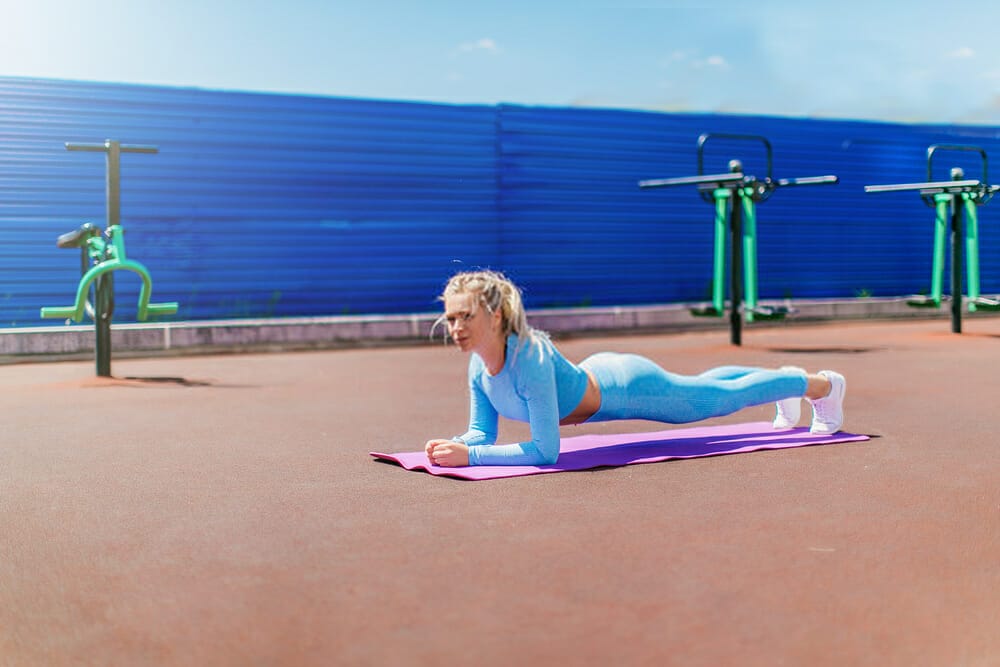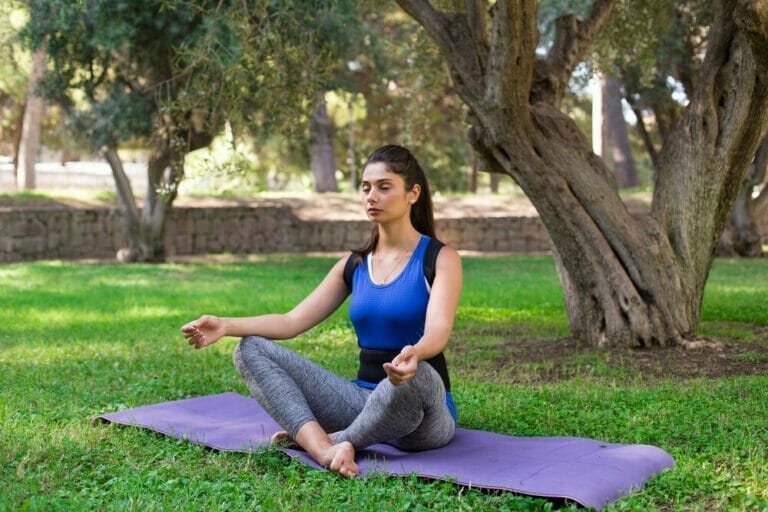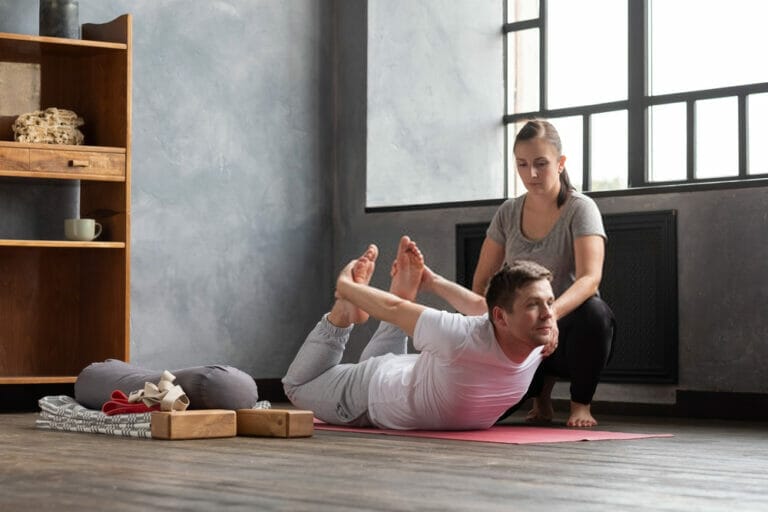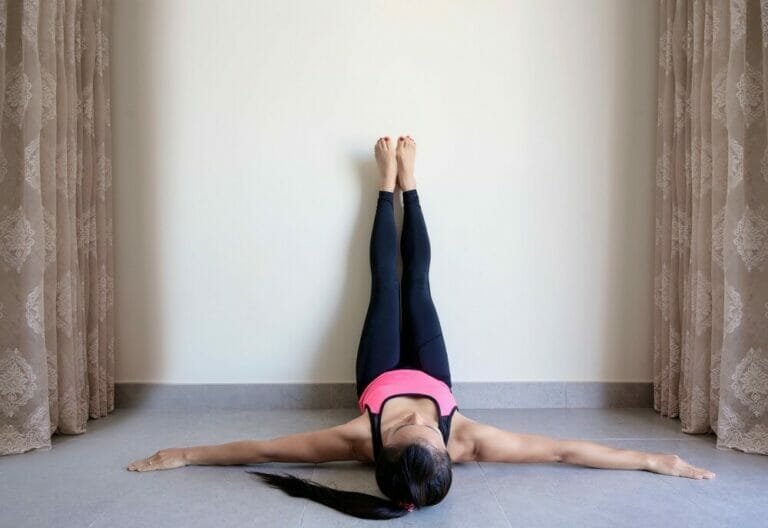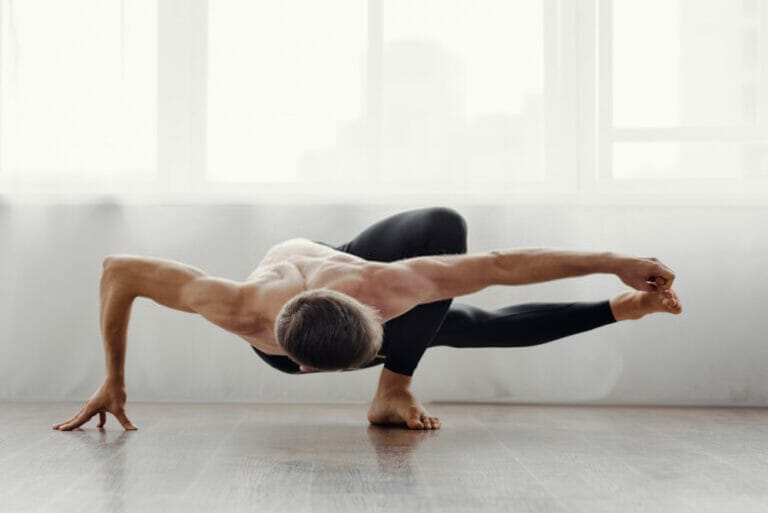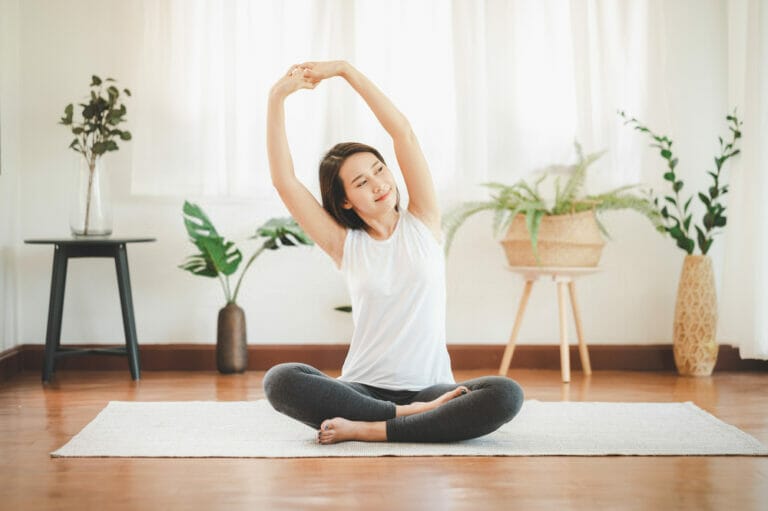How Long To Hold Each Yoga Poses: The Ultimate Guide
If you are new to yoga, you may be wondering how long to hold Yoga poses. Well, there is no right or wrong answer for this. It is different for everybody.
A multitude of types of yoga exist. Some yoga poses are slow-paced and gentle, while others move fast and vigorously between poses. Unfortunately, there’s not enough time to rest in between poses.
Many factors determine the duration of each yoga pose, and one may only hold a yoga pose for as long as they are comfortable. Also, some poses are better for beginners than others.
In this article, I will be speaking about how long to hold yoga poses and what other factors should be considered when finding out when you should release a particular Yoga pose.
I will also present the benefits of maintaining a specific posture of yoga and when it is best to release the posture.
Let’s get started!
Several factors determine the duration you hold a yoga pose. Some of these include:
Age
Age is an essential factor in determining how long you hold a yoga pose. You should not put too much stress on yourself during yoga practice.
An older person should not hold yoga poses for a long time if it causes pain to them. Their body is not as flexible, and they are at a greater risk of injury.
If you haven't been keeping up with your strength and mobility, some poses can be very taxing and challenging.
For example, balancing one leg might be too difficult to do without help, so holding on for less time or using a wall for assistance is advised.
Flexibility
Your body’s flexibility is another factor that determines how long to hold a yoga pose.
If you are not flexible, it is better for you to do a low-impact yoga pose for a shorter amount of time than to try holding a yoga pose for a longer time and risk injury.
Yoga poses are better suited for people who have more flexible bodies.
Fitness level
How fit you are is another factor that determines how long to hold a yoga pose. If you’ve not exercised in a long time, your ability to maintain postures will differ from someone who has.
However, this does not signify that you’re not progressing or poor at yoga.
Everyone starts somewhere, and it is the journey that matters more so than just achieving a goal. If you're feeling better, that means you've made progress.
So keep going and keep taking care of yourself because it will make a difference in your long-term fitness. You’re doing great!
Injuries
If you have a recurring injury or are coming back to practice after an injury, paying close attention to your body is essential so that you don’t re-injure yourself.

Yoga is a great place to be if you have an injury because there are so many modifications and variations of poses to protect whatever is injured.
In addition, depending on the type of injury, it may be beneficial to hold a pose for a longer duration. It will allow you to slowly and progressively stretch the affected muscles.
Note: Getting an OK from your doctor before practising is always essential.
Goals
It is yet another factor in determining the hold time for the poses in yoga. It all depends on your goals- What do you hope to obtain from your practice- Weight gain or weight loss?
It is essential to determine whether you would like to become more flexible, more robust, or gain muscle mass!
Are you looking for a lifestyle change or a natural way to help control anxiety and depression? Or Are you looking to prevent injury as you get older!
These goals play an important role in deciding how to approach yoga and how long to hold a pose.
Time
Making the goal to come to the mat once every day is precious. Maybe you have an hour and a half to go to a class or practice at home, or perhaps you’re busy on a particular day and only have a few minutes.
Either way, you always have 10 minutes to take care of your body and your mind.
Since you do not need time to practice, you might hold the poses for less duration than you would otherwise.
Benefits of Holding A Yoga Pose
If you are new to the practice, you may be wondering why it is beneficial to hold a yoga pose. Why not just get up from the pose after having it for some time?
There are a variety of benefits of holding yoga poses. These benefits are:
- Improves cardiovascular health
- Improves the circulation in your body.
- It helps build strength.
- Gives you space for emotions
- Improves breathing.
- Improves body flexibility.
- Increases digestive power.
- Strengthens your bones.
- Helps restore your mind and body.
- Relieves menstrual cramps.
- Reduces backache and headache.
How Long To Hold Yoga Poses for Beginners?
As a beginner, give your body time to adjust. Some poses may be harder for you than others, so be patient. Then, you can choose poses that are appropriate for your level of experience.
Also, limit your time in any one pose. Stay in a pose no longer than 30 seconds before moving onto the next pose.
It allows you to get the most out of every yoga session without putting too much stress on your body.
How Long To Hold Yoga Poses for Intermediate Yogis?
For intermediate students, it is advisable to focus on the flow from one pose to the next. Keep in mind that the flow is what is most important.
It means that it doesn’t matter how long you hold a pose, as long as you continue to move and flow from one pose to the next.
This way, you will not be spending too much time in any one pose. And you can continue through to the end of your yoga session within a short period without sacrificing quality.
Example: If you perform backbends in a standing pose, then after bending as far as you can go, perform a forward bend – despite being a less advanced motion – this will not affect the flow and give your practice the time it takes if needed.
Note: If you have stomach problems or are pregnant, more time in between poses is advised.
How Long To Hold Yoga Poses for Advanced Yogis?
For advanced students, it’s essential to continue to challenge yourself and push your limits as far as you can go. This way, you will be continuously improving and making progress.
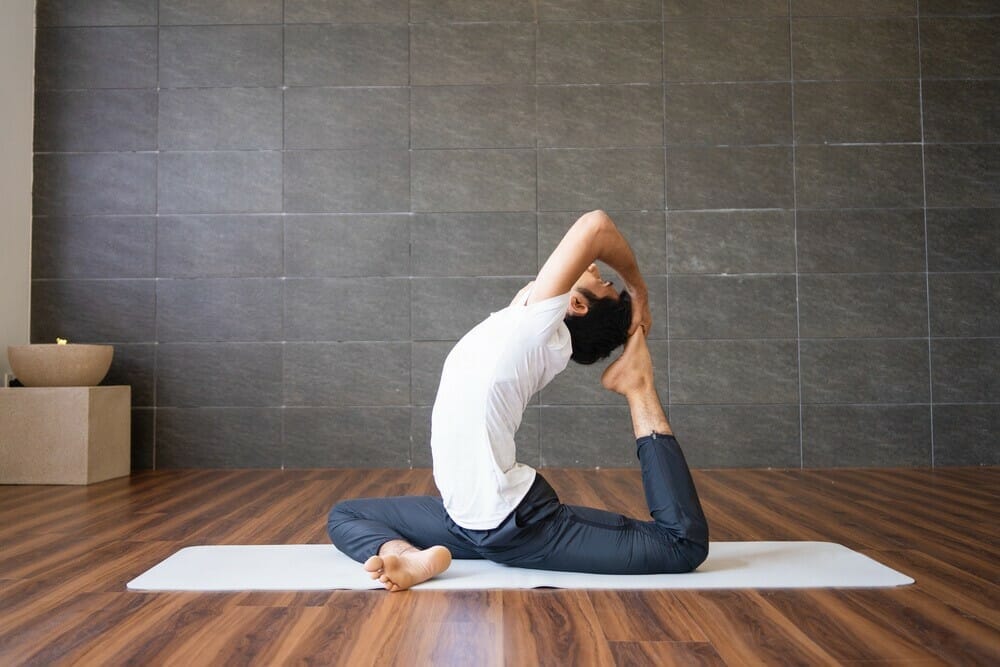
How Long to Hold Yoga Poses Based on the Type of Yoga?
If you practice yoga, the time you hold certain poses can vary depending on what type of yoga you do.
The following guidelines are just suggestions. They’re meant to help you, but they don’t have to be followed precisely.
Yin Yoga: 5+ minutes per pose
Yin Yoga targets deep connective tissue as well as your joints. Poses are usually done on the floor, and they focus on the hips, pelvis, inner thighs, and lower spine.
Iyengar: 1-5 minutes per pose
Iyengar yoga is an advanced type focused on proper alignment and posture in each pose and breath control. Yogis practice a lot of standing poses and forward folds, and they include many twists and backbends.
Power Yoga: 1 – 5 breaths per pose
A ‘power yoga’ is a mixture of Vinyasa with holding poses. It is also called ‘flow yoga.’ This type of yoga focuses on poses that are done quickly and the fluidity between them.
Hot Yoga: 5 minutes per pose
Hot yoga is just like it sounds – the room temperature is hot (about 90 degrees Fahrenheit), so that you sweat a lot. The poses are also done for a longer time to increase the sweat factor.
Ashtanga: 5+ breaths per pose
Ashtanga Yoga emphasizes how inhalation and exhalation are related to movement. Practitioners need to master each pose to progress from one series to the next.
The practice is very disciplined and has five series.
Vinyasa Yoga: 1-5 breaths per pose
Vinyasa teaches linking breath to the movement for the larger muscle groups.
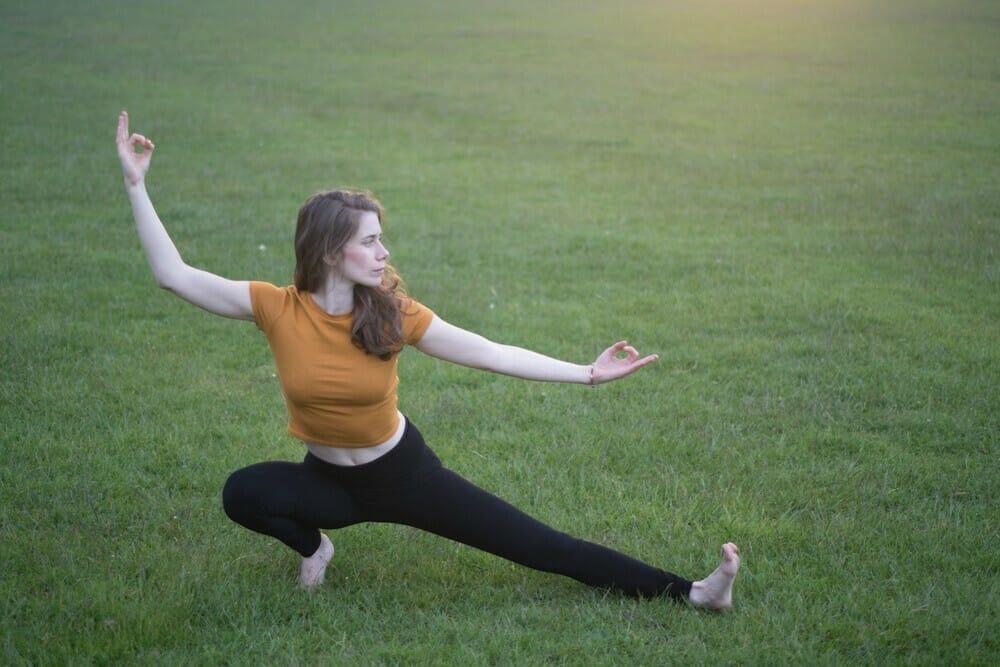
Vinyasa yoga is a type that usually incorporates breath work, sun salutations, and poses that flow from one to the next. Exercise, when done right, can improve your health.
It also helps to improve your heart rate and cardiovascular fitness, which sometimes leads to weight loss. A quality of vinyasa yoga is that it facilitates the movement of energy around your body.
Bikram: 1 minute per pose or more
Bikram is better known as hot yoga. This type of yoga takes place in a room heated up to 105 degrees Fahrenheit (40 degrees Celsius) and has 40% humidity.
Because it takes place in a warm room, Bikram doesn't focus too much on extending your muscles or being outwardly flexible.
Restorative Yoga: 5- 20 minutes per pose
It is a calm and soothing class that focuses on many long holds and passive stretches.
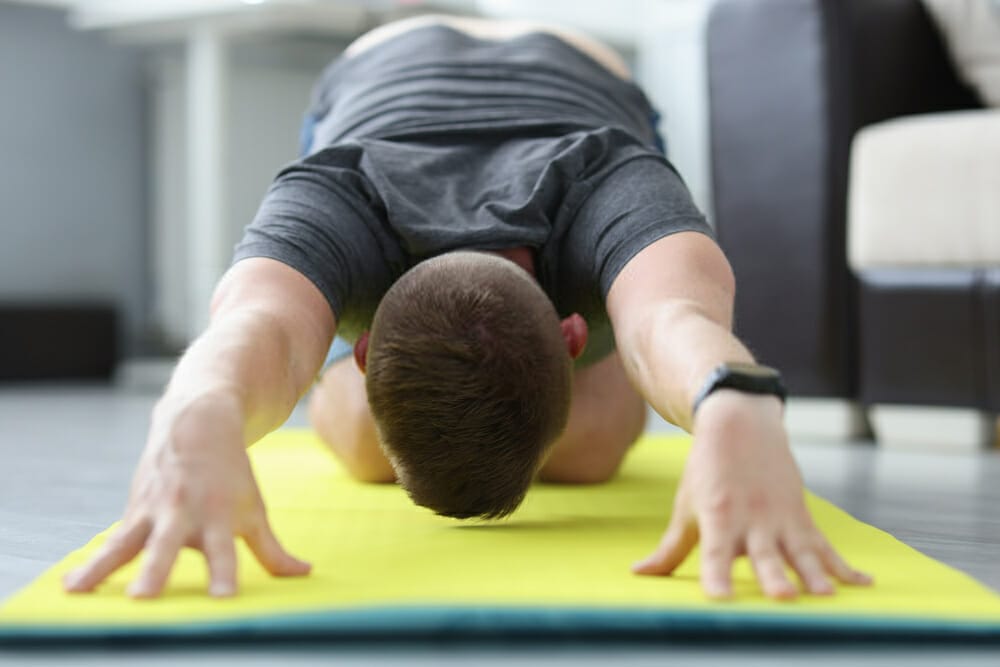
This type of yoga also includes props and a diverse sequence of poses to increase relaxation.
Conclusion
The amount of time you hold a pose depends on the type of yoga and what you’re trying to heal.
Some yoga needs a certain quantity of breath to maximize the health benefits. There is no right or a wrong number of breaths to take.
Just listen to your body. If something hurts, stop it, but if you are comfortable with how far you are going, go ahead!
Spend time listening to your physical self and taking on different types of yoga and respiratory workout.
You will notice the amount of time you hold a pose increasing, and you will be able to read more and more.
I hope that this article has been helpful to you in your quest for know-how.
Good luck!

